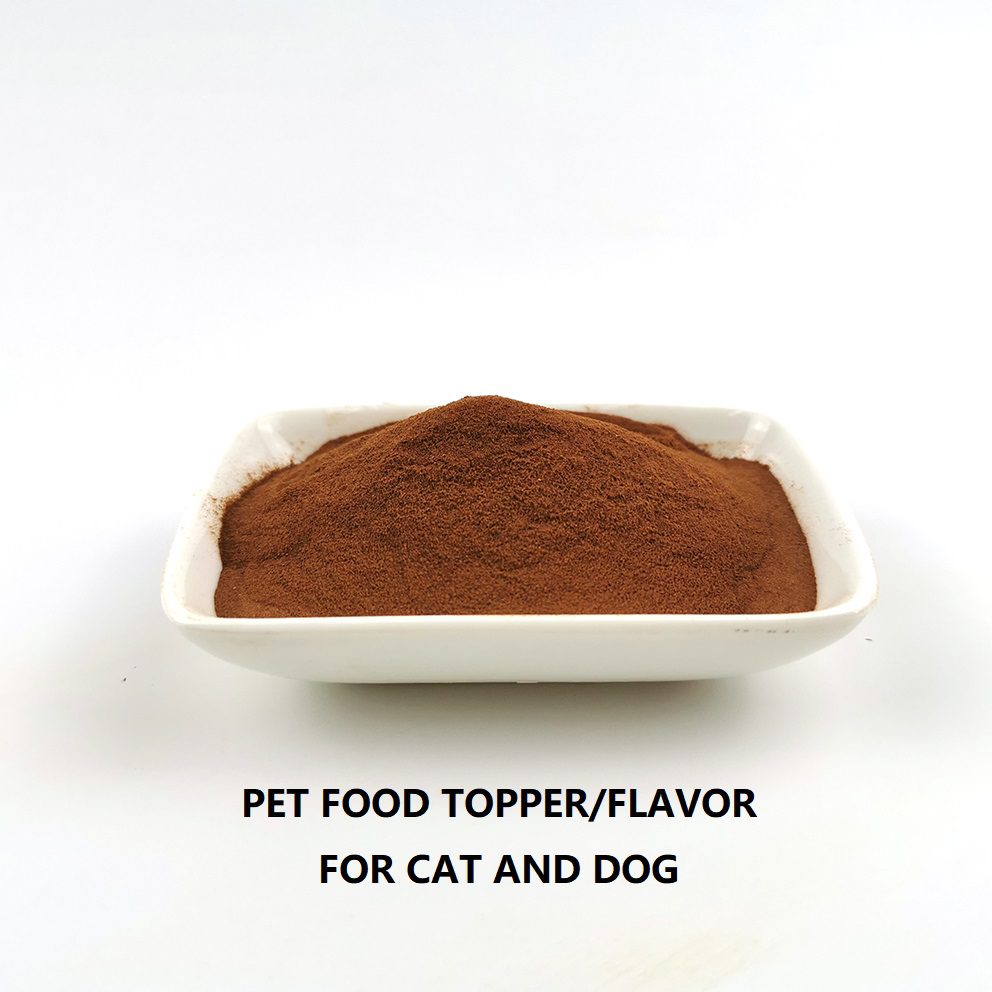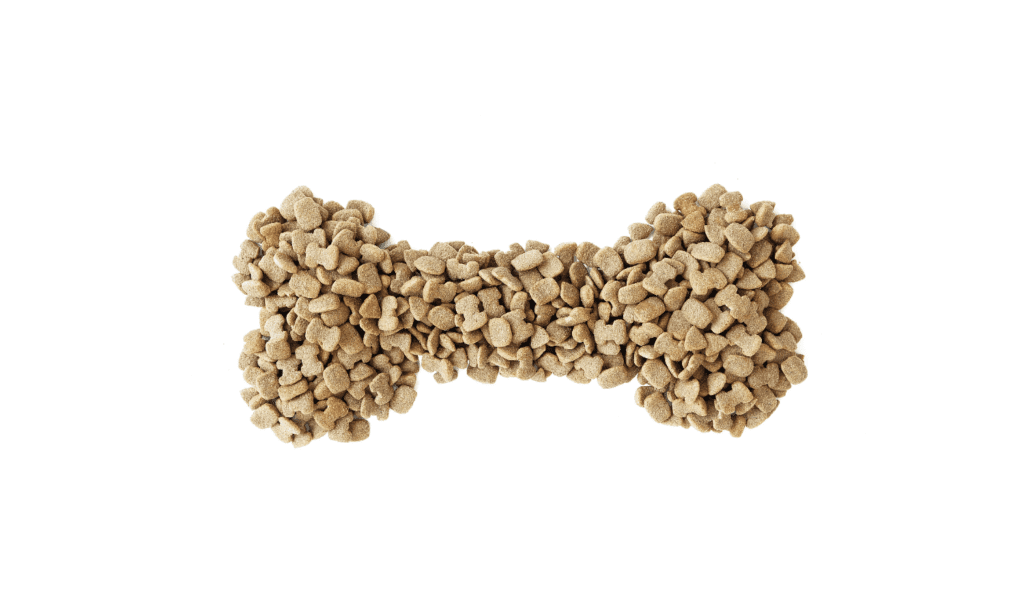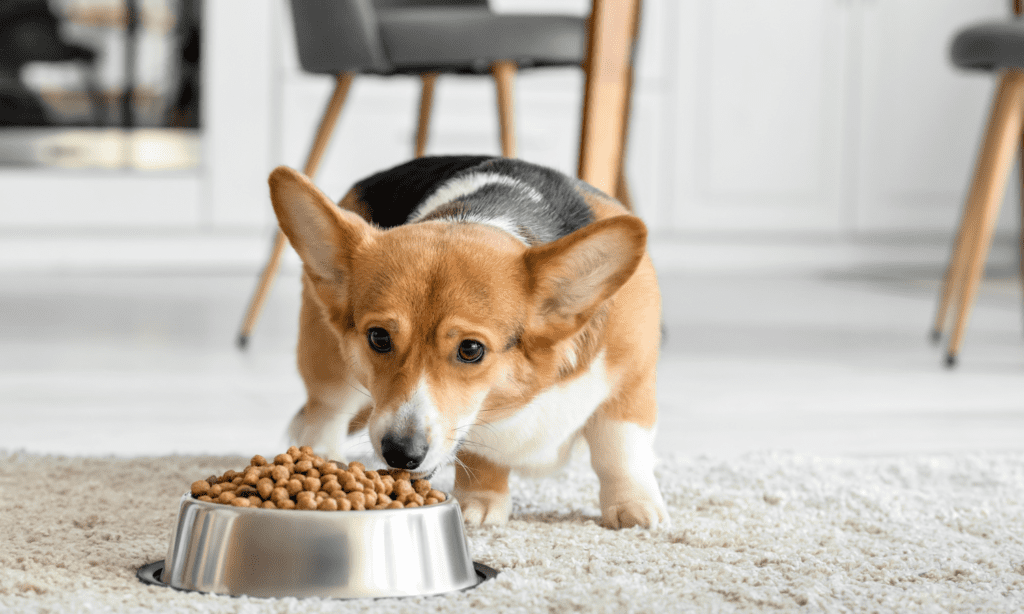Palatability of Dog Food
Ensuring that our furry friends enjoy their meals is crucial for their overall health and well-being. Palatability in dog food is not just about making food taste good; it’s about encouraging consistent eating habits, which can prevent a host of health problems. This blog will delve into various strategies to enhance the palatability of dog food, focusing on both commercial and homemade options. We will explore the importance of palatability, the factors influencing it, and practical tips to make dog food more appealing.
1. Introduction
Importance of Palatability
Palatability in dog food is a critical factor that influences a dog’s willingness to eat and enjoy their meals. Dogs, like humans, have preferences and can be finicky about what they consume. Enhancing the palatability of dog food ensures that they receive the necessary nutrients for their health and longevity.

Overview of Strategies
Increasing the palatability of dog food involves a combination of selecting high-quality ingredients, incorporating flavor enhancers, and ensuring the right texture and consistency. This blog will provide a comprehensive guide to both commercial and homemade dog food options, along with practical tips and innovative trends in the pet food industry.
2. Understanding Palatability in Dog Food
Definition and Importance
Palatability refers to how appealing food is to the taste, smell, and texture senses. For dogs, a palatable meal is one they eagerly consume, ensuring they get the necessary nutrients for growth, energy, and overall health. Poor palatability can lead to decreased food intake, resulting in malnutrition and other health issues.
Factors Affecting Palatability
Several factors influence the palatability of dog food, including:
- Aroma: Dogs have a highly developed sense of smell, and the aroma of food can significantly affect their willingness to eat.
- Taste: While dogs have fewer taste buds than humans, they still have preferences for certain flavors, particularly meat-based ones.
- Texture: The texture and consistency of the food can also play a role. Some dogs prefer crunchy kibble, while others may favor softer, wet food.
- Nutritional Content: Balanced nutrition is essential, but the taste should not be compromised in the process.

3. Commercial Dog Food: Enhancing Palatability
Choosing High-Quality Ingredients
The foundation of any palatable dog food is the quality of its ingredients. Premium ingredients not only provide better nutrition but also tend to be more appealing to dogs. Look for foods with high-quality animal proteins, such as chicken, beef, or fish, and avoid those with excessive fillers or artificial additives.
Flavor Enhancers and Additives
Many commercial dog foods use flavor enhancers to improve taste. These can include natural flavors derived from meat, bone broth, or fish oil. Additionally, certain additives like fats and oils can increase palatability. However, it’s crucial to ensure these enhancers are safe and do not compromise the food’s nutritional value.

Texture and Consistency
The texture of commercial dog food can significantly impact its appeal. Wet food often has a higher palatability due to its moisture content and softer texture. For kibble, adding a coating of fat or a gravy-like topping can make it more enticing. Some manufacturers also offer mixed texture options, combining dry and wet elements.
4. Homemade Dog Food: Enhancing Palatability
Selecting Ingredients
Homemade dog food allows for complete control over ingredients, ensuring high palatability. Opt for fresh, whole foods like lean meats, vegetables, and grains. Organ meats like liver can be particularly enticing for dogs.

Cooking Methods
The way food is prepared can affect its palatability. Cooking methods that retain moisture and enhance flavor, such as baking, steaming, or slow cooking, are ideal. Avoid using excessive spices or seasonings that may be harmful to dogs.
Balancing Nutrition with Taste
While palatability is important, ensuring the food is nutritionally balanced is crucial. Work with a veterinarian or pet nutritionist to create recipes that meet your dog’s dietary needs while being tasty. Adding small amounts of dog-safe herbs or broths can enhance flavor without compromising nutrition.
5. Innovative Approaches and Trends
Freeze-Dried and Dehydrated Foods
Freeze-dried and dehydrated dog foods are becoming increasingly popular. These methods preserve the food’s natural flavors and nutrients, making them highly palatable. They also offer the convenience of dry food with the enhanced taste of wet food when rehydrated.

Customizable Meal Plans
Personalized meal plans tailored to a dog’s specific preferences and dietary needs are a growing trend. These plans often involve fresh, high-quality ingredients and are delivered directly to the owner’s door, ensuring optimal palatability and nutrition.
Functional Foods and Supplements
Functional foods designed to improve health conditions or enhance certain aspects of a dog’s diet can also increase palatability. Supplements like fish oil, probiotics, or glucosamine can be added to regular meals to boost both flavor and health benefits.

6. Practical Tips for Increasing Palatability
Gradual Transitions
When introducing new food, a gradual transition is crucial. Mix the new food with the old one, slowly increasing the proportion over a week or two. This helps dogs adjust to the new taste and prevents digestive issues.
Mixing and Topping
Adding mixers or toppings to dog food can significantly enhance its appeal. Options include:
- Bone broth: Adds flavor and moisture.
- Canned pumpkin: Provides fiber and a slight sweetness.
- Fresh or cooked vegetables: Adds texture and variety.
- Cheese or yogurt: Small amounts can enhance taste and provide probiotics.
Feeding Environment and Routine
The feeding environment and routine can also affect a dog’s willingness to eat. Ensure the feeding area is clean and free from distractions. Establish a consistent feeding schedule to create a routine. Some dogs may also prefer elevated bowls, which can make eating more comfortable.

7. Conclusion
Recap of Key Points
Increasing the palatability of dog food involves selecting high-quality ingredients, using flavor enhancers and additives, and paying attention to texture and consistency. Both commercial and homemade options offer various strategies to enhance appeal. Innovative approaches, such as freeze-dried foods and customizable meal plans, provide additional solutions.

Final Thoughts
Ensuring your dog enjoys their meals is not just about indulgence; it’s about promoting their health and well-being. By understanding and applying these strategies, you can make mealtime a more enjoyable and nutritious experience for your furry friend.
Enhancing the palatability of dog food requires a thoughtful approach, balancing taste with nutrition. Whether you choose commercial products or make homemade meals, the key is to understand your dog’s preferences and dietary needs. With the right strategies, you can ensure that your dog looks forward to every meal, promoting a happy and healthy life.













